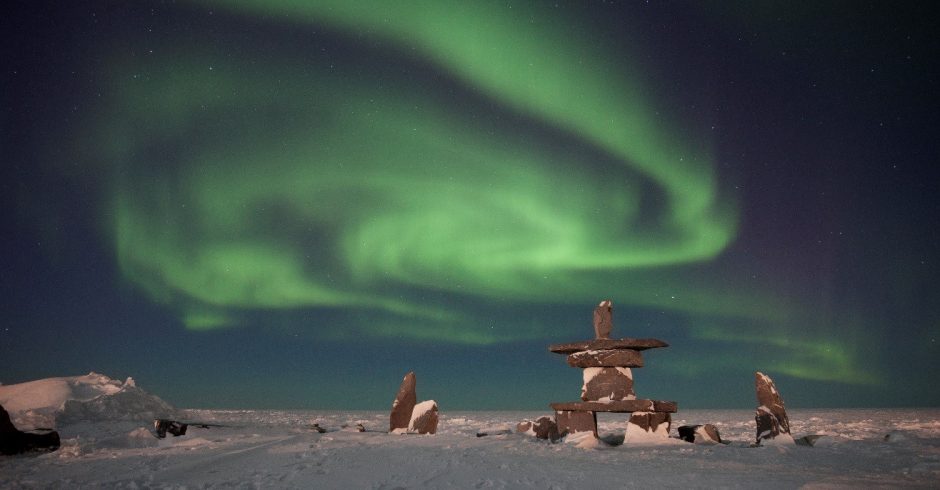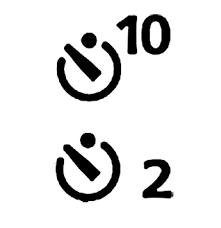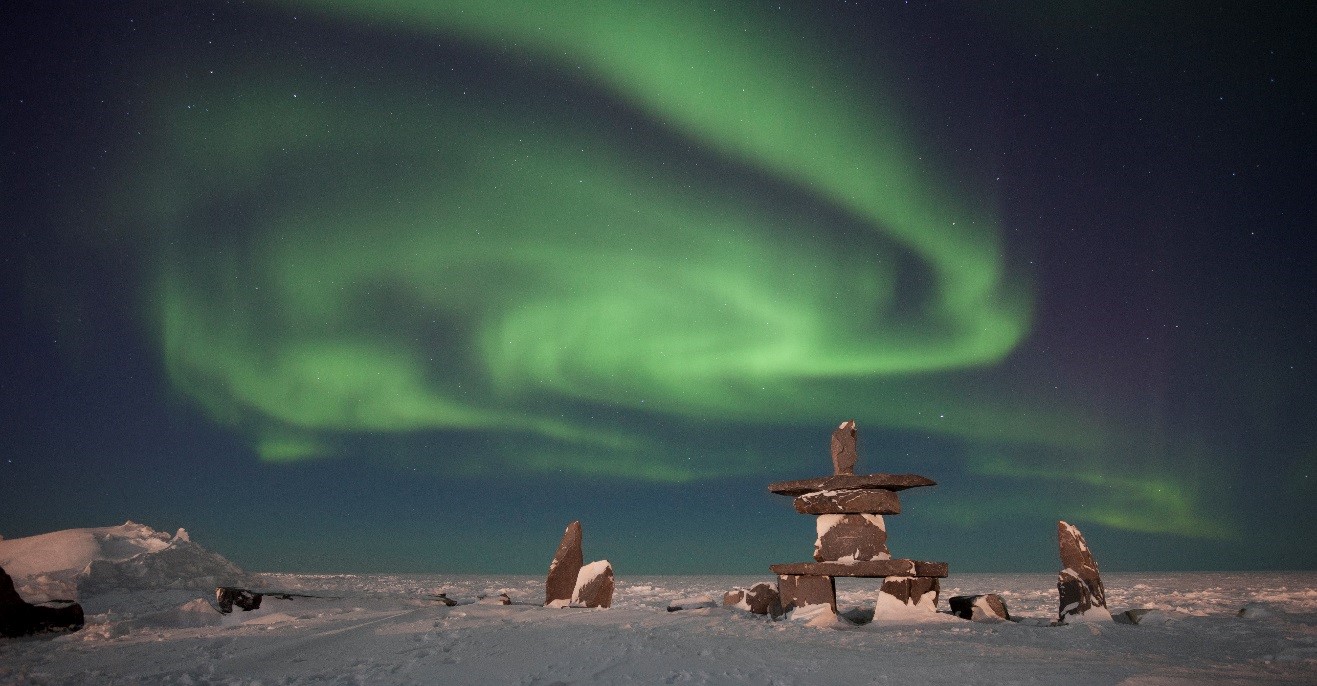
Why I No Longer Use a Remote Trigger
Technology is a beautiful thing in the world of photography. However, when it comes to nature and wildlife photography that involves travel to far-off lands, having an efficient, lightweight kit is just as important as toting all the latest gear.
When possible, I strive to pare down my kit to those things that simply cannot be replaced or I cannot do without. A fantastic zoom telephoto lens for a Botswana Photo Safari? Yep, that’s coming with me. A fast, ultra-wide angle lens for a Northern Lights Photo Adventure? Absolutely in my bag. A remote trigger for a Canyons of the American Southwest Photo Adventure? No, actually no, I’m not bringing it…

While remote triggers are usually small and lightweight, it’s one piece of gear that I’ve permanently removed from my kit. (for reference, here is what a remote trigger is, if this is a new term to you)

But why?
The basic gist is that the thing a remote trigger allows you to do is already part of your camera—even seasoned, older cameras. Thus, you can do with less when you travel. And when airline baggage limits continue to vex us, less is more…less of some gear means more of other, more critical gear.
So what can you use in place of a remote trigger?
Simply put, you can use your camera’s built-in timer. See, the importance of a remote trigger is to be able to take a photo, which you’d normally do by pressing the shutter button, without touching the camera.
This last part is key…without touching the camera, because even slight vibrations in the camera body (from touching it) while the shutter is open can result in blurred or less-than-sharp photos on slower shutter speeds.
And if you’ve become an afficionado with shutter speeds, you know that slower speeds like 1/40th of a second, 1/20th, or even 1+ full seconds can be vital to a range of amazing photos, like blurred water, low light landscapes, and nighttime photography.
My technique
Most cameras come with two different camera timers—a 10 second timer (which most folks use to quickly run and jump in the family photo) and a two-second timer. This two-second timer is PERFECT for these long exposure scenarios when you would expect to use a remote shutter.

Two seconds is fast enough so that you’re not losing valuable time as the aurora dances in the sky, or as the sun rises on a spectacular Bryce Canyon scene, but long enough such the slight movement you may inadvertently give to the camera as you press the shutter button is long gone.

So, no more fussing around with remote triggers, which may need new batteries just when you need them to work, or require new infrared calibration to your camera’s trigger sensor at exactly the wrong moment. Instead, just hop on over to your camera’s drive motor menu and set it on your two-second timer. You’ll love it—promise!
Go forward and give it a shot,

Court
Leave a reply